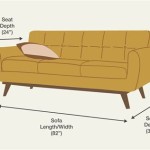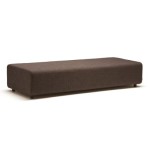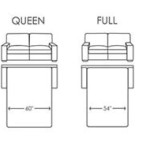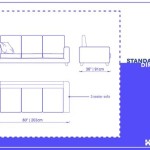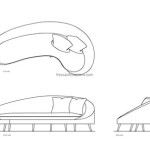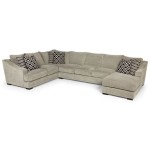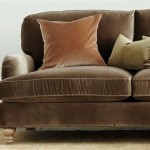Standard Sofa Seat Dimensions: A Guide to Comfortable Seating
Selecting the right sofa can be a daunting task, considering the wide array of styles, materials, and sizes available. Among these factors, sofa seat dimensions play a crucial role in determining comfort and functionality. Understanding standard sofa seat dimensions can help you make informed decisions and choose a sofa that perfectly suits your needs. This article delves into the standard dimensions of sofa seating, offering insights into the various measurements and their significance.
Standard Sofa Seat Dimensions
Sofa seat dimensions typically refer to the width, depth, and height of the seating area. These dimensions vary depending on the type of sofa, such as a loveseat, a standard sofa, or a sectional. However, there are general guidelines for standard sofa seat dimensions:
- Width: Standard sofas generally range from 70 to 90 inches in width. Loveseats are typically 48 to 60 inches wide, while sectionals can stretch up to 100 inches or more.
- Depth: The standard depth of a sofa seat is around 20 to 24 inches. This depth provides adequate legroom and comfort for most individuals.
- Height: The height of the sofa seat, measured from the floor to the top of the cushion, usually falls between 17 and 20 inches. This height allows for easy sitting and standing.
It's essential to consider the intended use of the sofa when determining the appropriate dimensions. A sofa for a small living room will likely have different dimensions than a sofa for a large family gathering space.
Factors Influencing Seat Dimensions
Several factors beyond the standard guidelines influence sofa seat dimensions, including:
Type of Sofa
The type of sofa significantly influences its dimensions. For example, a chaise sofa will have an extended seat on one side for lounging, while a futon has a convertible seat that can be transformed into a bed.
Style
Sofa style also affects dimensions. A traditional sofa may have a more formal, structured design with wider seats and a higher back, while a contemporary sofa may have a sleek, low profile with shallower seats and a lower back.
Materials
The materials used for the sofa frame, cushions, and upholstery can influence its overall dimensions. For example, a sofa with plush, thick cushions will have a deeper seat than one with thinner cushions.
Choosing the Right Seat Dimensions
To ensure comfortable seating, consider these factors when choosing the right sofa seat dimensions:
Body Size
Individuals with taller frames or larger builds may require a sofa with a wider seat depth and a higher seat height to accommodate their size comfortably.
Personal Preferences
Preferences for sitting postures also influence the choice of sofa dimensions. Comfort and functionality are subjective, so consider your preferred sitting positions and choose a sofa that supports them.
Room Size
The size of the room should dictate the size of the sofa. A large sofa can overwhelm a small room, while a small sofa might get lost in a large space.
It's important to remember that these dimensions are just guidelines. Ultimately, the best way to ensure comfort and functionality is to sit on the sofa before purchasing it. This allows you to experience the feel of the seat, the height, and the overall comfort.

Sofa Dimensions 101 Measuring For Your Perfect

Standard Sofa Dimensions For 2 3 4 And 5 Person Charts Diagrams Styling

Sofa Dimensions For 2 3 4 5 6 Person Couches Diagrams Included Home Stratosphere

Sofa Dimensions For 2 3 4 And 5 Person Couches Charts Diagrams Design Formal Living Room Designs

Farina Sofa Steel Grey Urban Ladder

Sofa Size Calculator

Standard Sofa Dimensions For 2 3 4 And 5 Person Charts Diagrams Engineering Discoveries

Six Common Mistakes When A Sofa And Ways To Avoid Them

Standard Sofa Dimensions For 2 3 4 And 5 Person Charts Diagrams Engineering Discoveries

Sofa Dimensions A Ultimate Guide With Drawings Homenish Layout Living Room Design Furniture Standard

